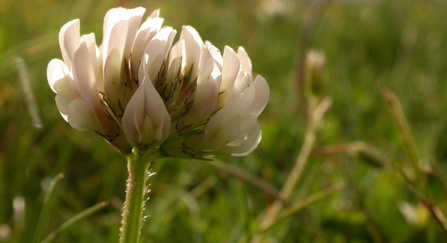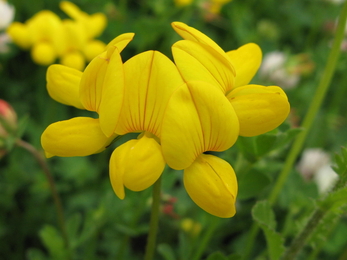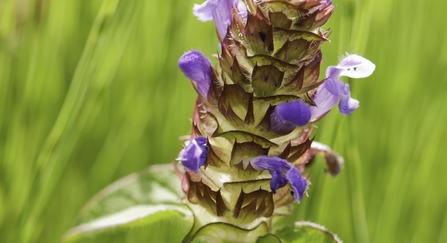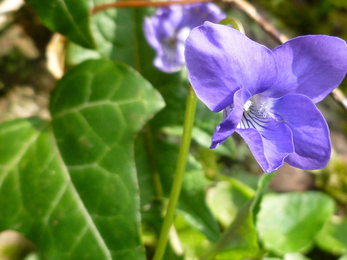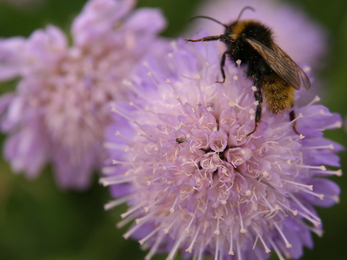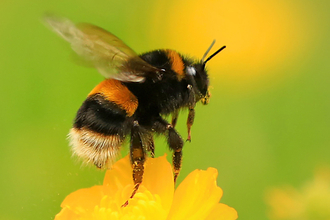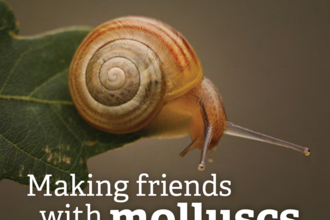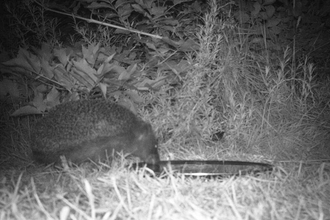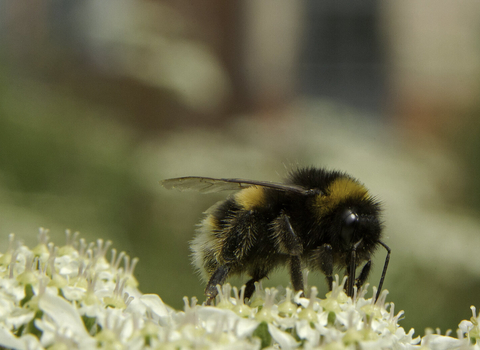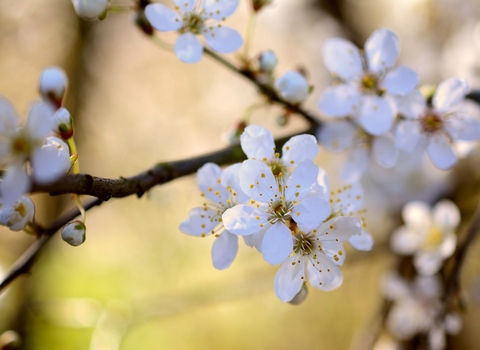Plantlife, the British charity working to save threatened plants, are asking us all to be splendidly idle in May, and leave the lawnmower in the shed.
The No Mow May campaign started last year, and the results show what a great bonus for wildlife lawns can be – as long as we neglect them a little!
I’m a great believer in not mowing. Just think of how much time you waste every summer, walking to and fro behind a smelly little machine. Here’s a grand excuse to use the time sitting in a deckchair with a cup of tea instead. Plantlife conducts a citizen science survey, Every Flower Counts, in conjunction with NMM, and has made some amazing discoveries.


